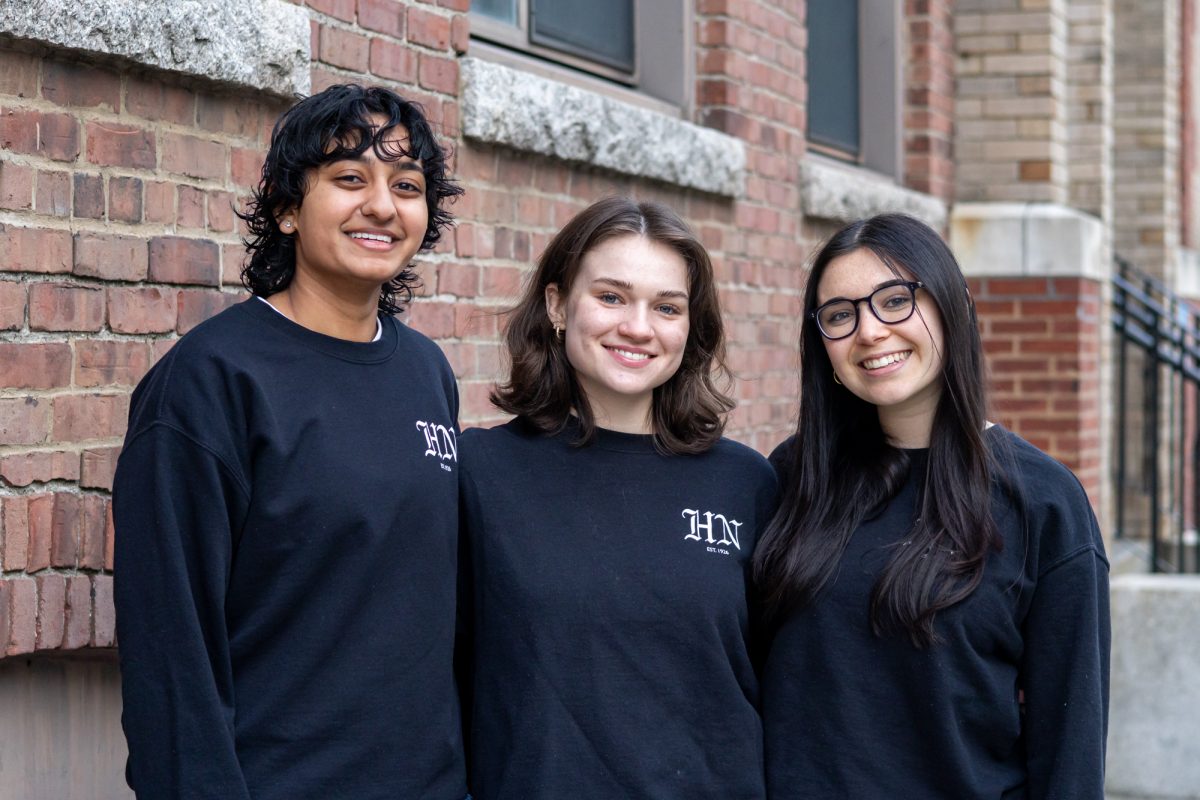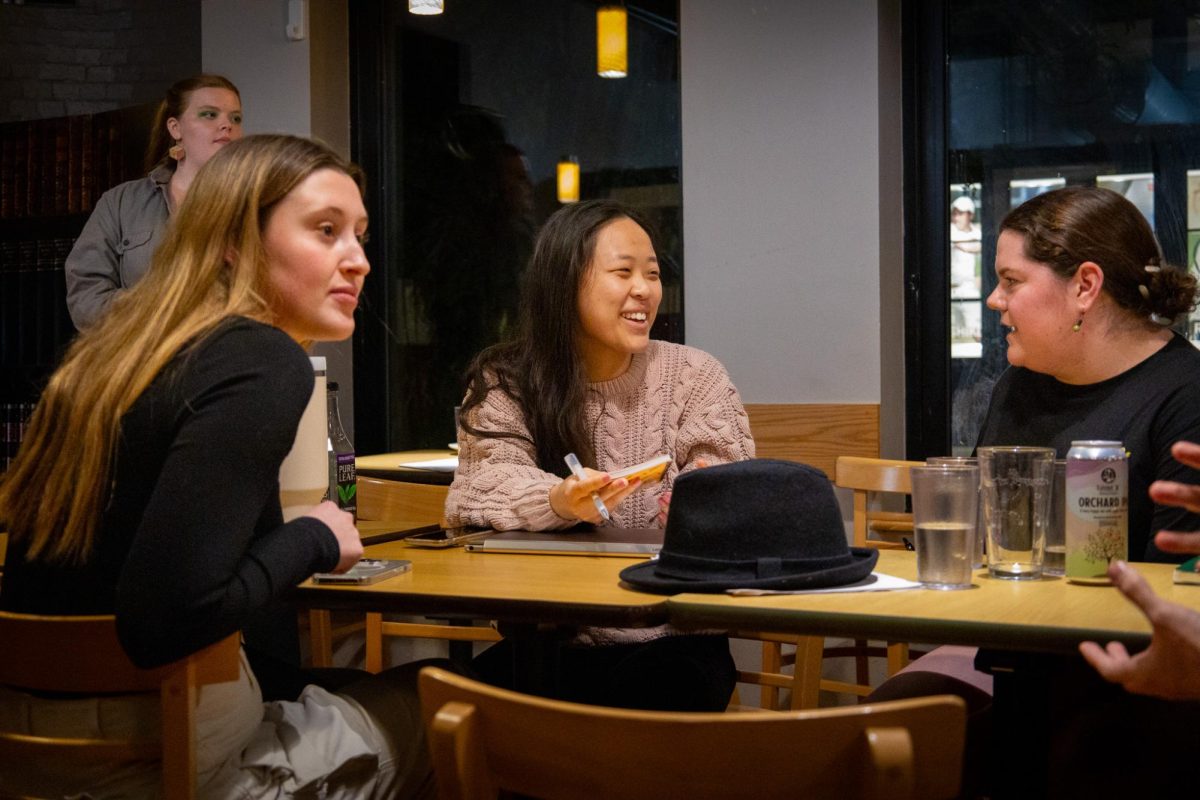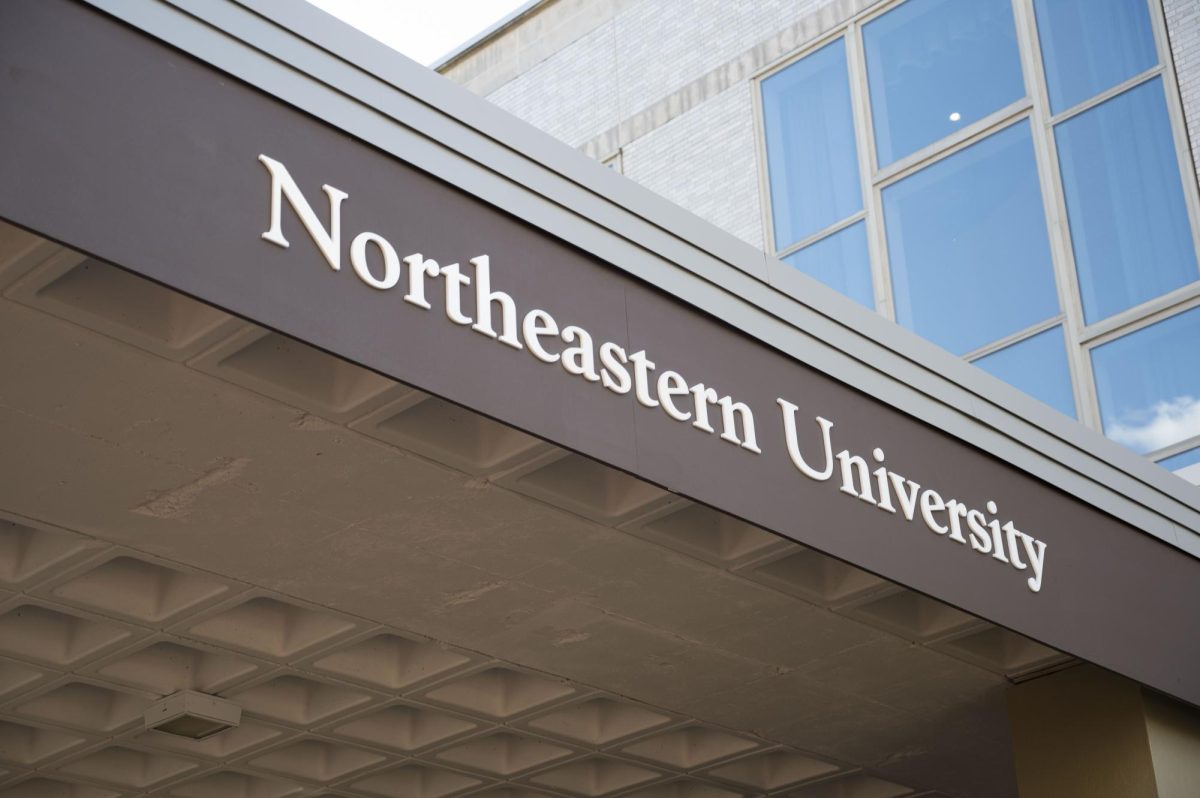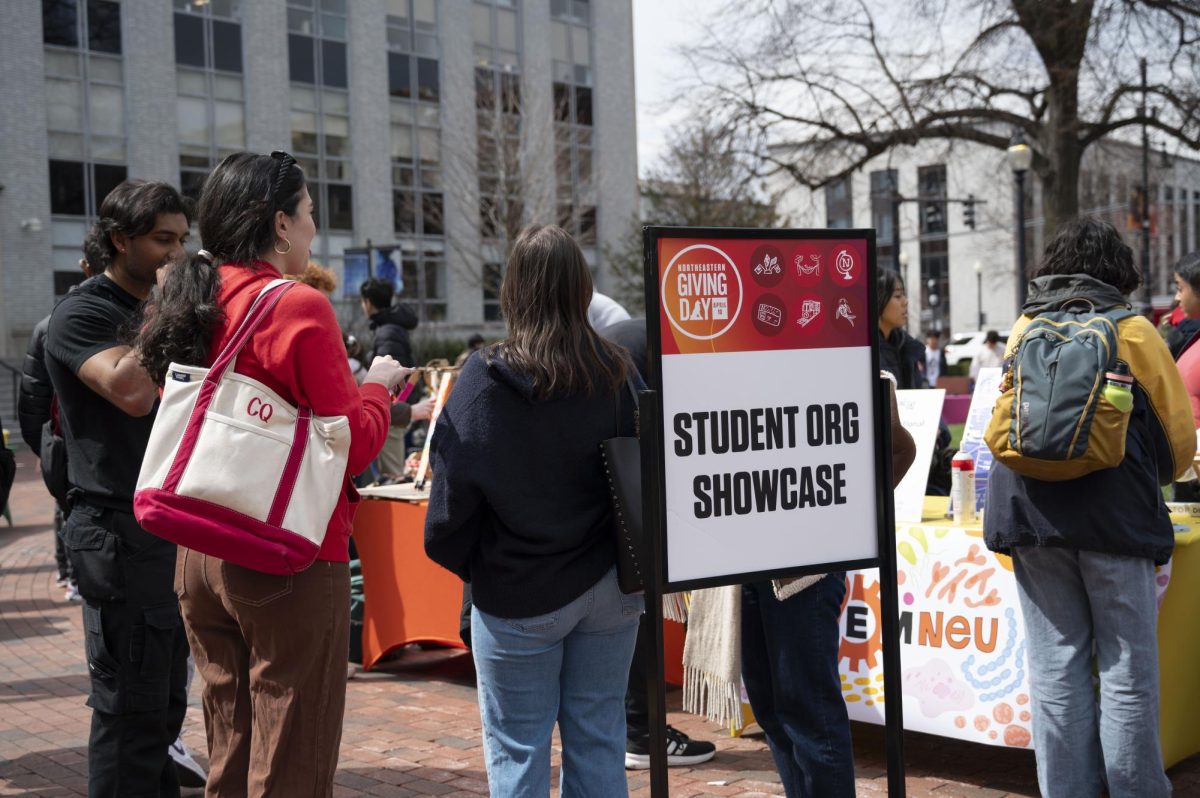
By Todd Feathers, News Staff
On the heels of another record-breaking year for applications, this summer included a frenzied push by Northeastern officials to renovate some of the university’s most popular academic facilities.
From the new Digital Media Commons on the second floor of Snell Library to the repurposed room in the Marino Center which now houses Revolutionz, the cycling area, the university has put a focus on top of the line technology to attract prospective students.
University officials, along with representatives of the Student Government Association (SGA) and Graduate Student Government (GSG), said they worked closely when planning the renovations to ensure the needs of the expanding student body were met.
“It’s interesting. They definitely made an effort to enhance the ‘wow’ factor,” Student Body President Peter Petrin said about the technological improvements. “You can tell that a lot of it is concerned with the success of the university in recruiting new students and wanting to impress them. But you’ve definitely got the cost [of the renovations] at the back of your mind.”
University officials declined to give cost estimates for any of the renovation projects. Northeastern spokeswoman Lucy Warsh said in an email to The News it is against university policy to give out that kind of information.
Philomena Mantella, senior vice president for enrollment management and student affairs, said significant market research was done to determine that the technology-focused approach to the renovations would help attract potential students.
The Digital Media Commons, which now takes up the entire second floor of the library, is filled with advanced equipment.
“It’s not just a set of computers,” Rehan Khan, chief information officer of the university, said. “The purpose here is just that you can do some high-end work: animation, computer graphics, geographics, architecture.”
Two 90-inch TV screens sit side by side in a half-enclosed work area which students can register to use as a group, and every workstation has two monitors for students to plug their laptops into.
Small group study rooms with 52-inch TVs and dry-erase walls line most of the back wall of the Commons. Next to the study rooms sits the “flick room,” where students can project the screen of their iPad on to an entire wall with the flick of a finger.
“We’re thinking of this as the start, not the finish, of the process,” Dean of Libraries William Wakeling said. “We see, as part of the result of the library becoming more digital, that other spaces will be freed up for other things.”
Some of the most popular changes to the library are less visible. Khan said that many more power outlets and more group study spaces were added to the library at students’ behest.
“You used to just have to battle with another table for the few power supplies,” Richard Spiegel, a senior mechanical engineering major, said.
Lack of space in the library was the primary reason GSG President Zack Pardey became involved in student government.
“Space is just a perennial issue on the survey we give out each year,” he said, adding that the university has created dormitory space for nearly 4,000 more students over the last several years. “Now we need to play a little bit of catch up in terms of providing the academic space to accommodate those new students.”
Frank Mahoney, director of special projects for the university, said the school remodeled or replaced nine classrooms this summer, and is looking for room to build more.
Standing at the front of room 201 in the Mugar Life Sciences Building, the largest classroom renovated, Mahoney said the stadium-style seats and two large TVs should provide a better view for students sitting in the back.
He said the university is looking to improve several large, lecture-style classrooms.
Northeastern is also trying to become a more competitive research university, Mahoney said, with the construction of new research facilities at 140 The Fenway.
Because research grants come and go, he said, the building is can convert into “student space” when not being used for research.
Perhaps the flashiest of this summer’s renovations, however, is the Revolutionz cycling center in Marino. With neon ceiling lights that blink and change color rhythmically to the booming sound system, the cycling center provides an intense environment for exercise.
Two TV screens at the front of the room, each composed of nine panels, are designed for a virtual bike ride along a deserted country road.
Mahoney acknowledged that the addition of so many flat-screen TVs and other advanced devices to campus means the university has made a strong financial commitment to staying on the cutting edge of digital technology.
“The thing with technology is it lasts about three years and then it changes, so we’re constantly trying to keep up,” he said.








